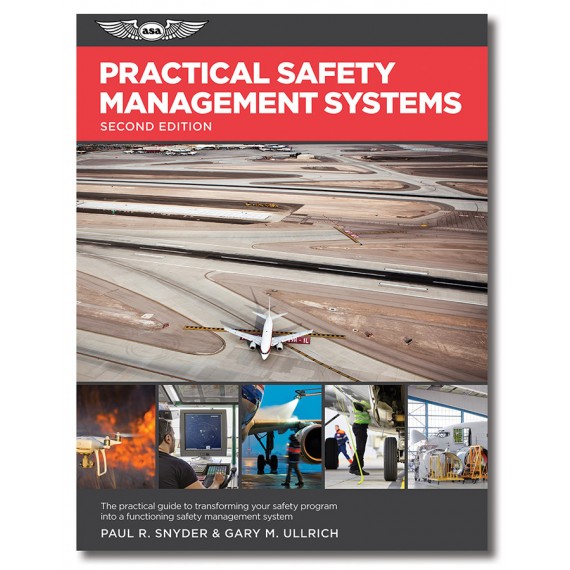

Nu exista produse in cos.
The advent of the safety management system (SMS) has affected all aviation sectors worldwide, and is now required for most domestic and international air operations, through either regulatory (14 CFR Parts 5, 119, or 121) or voluntary compliance. It’s easy to be intimidated by the scope and complexity of SMS, but Practical Safety Management Systems distills the concepts and principles into a practical working format. Universities and training organizations will find guidance and resources to create, implement, and maintain a functioning SMS.
An SMS must be adapted and continuously improved to meet an organization’s mission while reducing risk to the lowest viable level for flight departments, independent contractors servicing the aviation industry, air traffic services, and more. Beyond mere theory, this book encourages hands-on exercise and practical application of SMS concepts and principles to varied industry areas such as flight crews, maintenance, air traffic control, airports, and unmanned aircraft systems (UAS).
Beginning with an overview and history of SMS, chapters cover SMS components, costs and development process, approaches to safety culture, human factors, audits and evaluations, and more. Each chapter concludes with review questions. Extensive case studies and references are provided throughout, with additional resources supplied in a “Reader Resources” webpage. Practical Safety Management Systems is a useful guide for transforming your safety program into an up-to-date and beneficial safety management system.
Links to documents and organizations referenced in the text as well as additional information and resources to support your studies can be found here.
Nici un review.